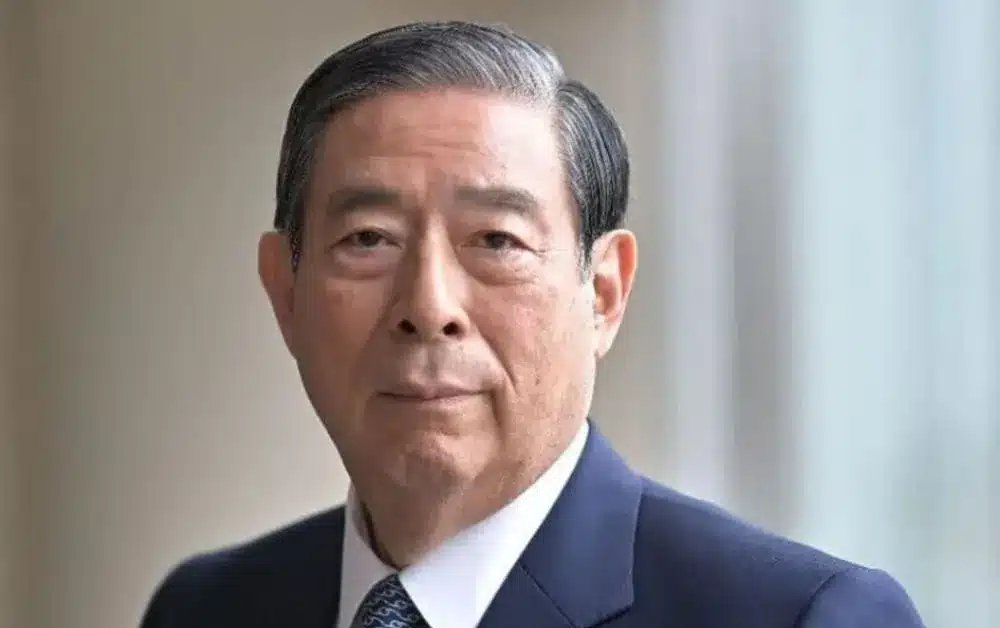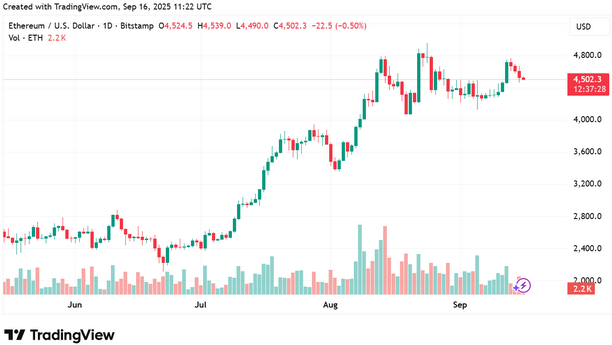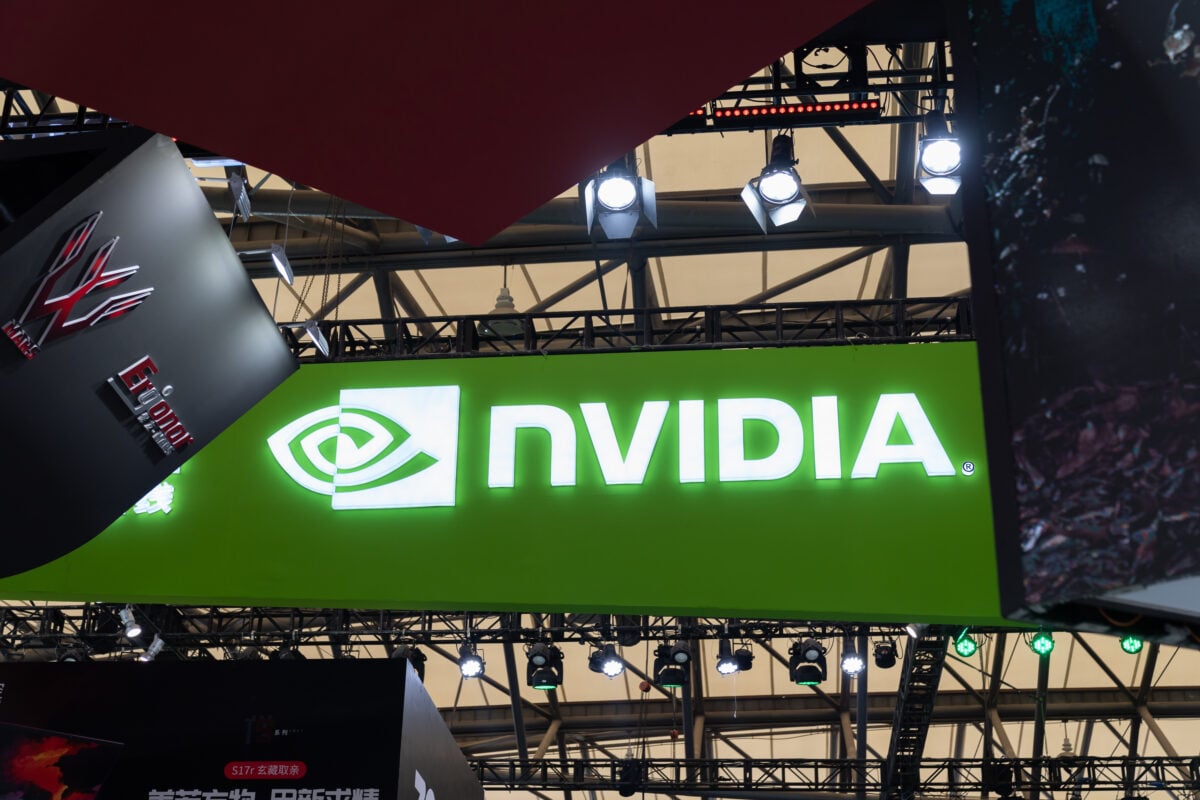U.S. President Donald Trump delivers remarks at the McDonald’s Impact Summit at the Westin Hotel in Washington, D.C., U.S., Nov. 17, 2025.
Evelyn Hockstein | Reuters
President Donald Trump on Monday said that California Gov. Gavin Newsom is “laying siege on the minimum wage.”
Trump’s comments at the McDonald’s Impact Summit likely referred to California’s higher hourly pay floor for fast-food workers, which took effect a year and a half ago. However, data so far indicate the policy hasn’t been the danger Trump described.
Research shows that the state’s fast-food worker turnover is down. Widespread closures haven’t occurred, and restaurant chains are still opening locations in California.
To be sure, the increased wages have put more pressure on restaurant chains and operators at a time when other costs are climbing and diners are eating out less frequently. Plus, consumers are paying more for their burgers, chicken tenders and fries as a result of the new pay floor.
But after a protracted fight over whether higher pay for workers would harm restaurants, critics’ worst fears have not come to pass.
Fast-food workers in California at chains with more than 60 national locations started earning $20 an hour in April 2024, 25% more than the state’s broader minimum wage of $16 an hour. The sectoral pay floor is part of larger law passed in California that also establishes a council that will recommend proposed industry standards to state agencies and carries the authority to raise the hourly minimum wage annually.
Fast-food workers’ big break only came after a compromise between the restaurant industry and unions that ended months of fighting between the two parties. The Service Employees International Union championed the legislation, saying it would improve workers’ lives and help with industry turnover. Quick-service restaurants argued that they were being unfairly targeted and the wage hike would burden their businesses.
“I firmly believe that everyone should be entitled to a fair wage. The issue that I and my colleagues in this industry have is that we, as an industry, were targeted,” said Kerri Harper-Howie, who runs WEH Organization and its 25 McDonald’s locations in Los Angeles County with her sister, Nicole Harper-Rawlins.. “If someone works at Macy’s and they’re making minimum wage, or they work at CVS … They also should deserve that increase in wages.”
California hasn’t supported a wider minimum-wage increase. Last November, just months after the fast-food pay floor went into effect, voters in the state struck down a ballot measure that would have raised the statewide minimum wage to $18 an hour. It reportedly was the first time in nearly three decades that voters shot down a statewide minimum wage hike on any state ballot.
For now, other states have yet to follow California’s lead, as the nation monitors the effects of the law and the restaurant industry continues to lobby against it.
A scramble for franchisees
A McDonald’s worker prepares to deliver an order at a McDonald’s restaurant on May 8, 2024 in San Francisco, California.
Justin Sullivan | Getty Images
Broadly, the restaurant industry struggles with razor-thin profit margins. Labor is typically the biggest cost, and operators often aim to keep it roughly 30% of their overall costs. The higher minimum wage has been yet another challenge for operators, on top of commodity inflation and weakness in consumer spending.
“What we can say without a doubt is that it’s really tough to operate any restaurant, any concept, any size, in California right now,” said Sean Kennedy, executive vice president of public affairs for the National Restaurant Association, a major trade group that opposed the wage hike.
For 17 months after the higher minimum wage went into effect, Harper-Howie’s WEH Organization saw its same-store sales decline. The trend finally reversed in October, as McDonald’s rounded the one-year anniversary of an E. coli outbreak that sent company-wide sales plunging by double-digits overnight. The burger chain more broadly has seen its U.S. performance struggle, although it reported same-store sales growth in the third quarter.
“For a long period of time, we were just bleeding money,” said Harper-Howie, who formed the California Alliance of Family Owned Businesses with fellow McDonald’s franchisees to push back against the California legislation.
Harper-Howie estimates that her restaurants passed along price increases of less than 10% to customers. Raising prices further would be difficult amid a pullback in dining across the restaurant industry, particularly from low-income consumers. Plus, she said other minimum-wage workers who frequent McDonald’s didn’t receive the same pay hike, which made the food “unaffordable for many.”
Harshraj Ghai, who operates more than 200 Burger King, Taco Bell and Popeyes locations across California and Oregon, has similarly raised menu prices by roughly 10% to 12% at California locations. That wasn’t enough to offset the wage increases, Ghai said.
To further mitigate the higher costs, Ghai has worked to cut labor hours by testing artificial intelligence to take drive-thru orders, using pre-cooked bacon for breakfast and adding automatic batter mixers.
“The cost and maintenance of of these technologies starts to become a little bit better than it would to pay somebody to actually do it,” he said.
The wage hike was just one more rapidly increasing cost for franchisees to wrangle. For example, Harper-Howie said WEH’s insurance costs have soared, on top of rising prices for beef and other key ingredients.
The Los Angeles wildfires put more pressure on Harper-Howie’s business. One of her locations was temporarily closed, but the bigger blow came from the shrinking traffic as fires raged across the county, displacing many residents and scaring off tourists.
Trump’s hardline immigration stance has been another issue.
“Our employees are predominantly Latino, and they’re terrified,” Harper-Howie said. “That’s all of our hourly workers, our general managers, our shift managers, our department managers, and supervisors — and it’s our customers.”
Harper-Howie said that she hasn’t had to close any restaurants yet, crediting WEH’s decades in the McDonald’s system after her parents joined the franchise in the 1980’s.
But that isn’t the case for Ghai, who has had to shutter some unprofitable locations permanently. He said that he’s shuttered roughly 10 California locations over the last year and half, and he anticipates shuttering another 12 over the next year or two. While closures are a typical part of a large-scale restaurant business, those closures are much steeper than normal for Ghai, he said.
For comparison, Ghai operates only Taco Bell restaurants in Oregon, but those locations are “significantly more profitable” than those in California, he said. He hasn’t had to close any of his Oregon Taco Bells, but he has closed at least three in California. Taco Bell broadly has outperformed the broader fast-food industry over the last year, helped by its value perception and strong brand equity.
Meanwhile, Kennedy said some franchisors are choosing to refranchise their California restaurants, collecting franchising fees in place of the headaches of operating the locations themselves.
Despite higher labor costs, California is still a desirable market for fast-food chains. The state added nearly 2,300 fast-food restaurants from the first quarter of 2024 to the first quarter of 2025, according to data from the Bureau of Labor Statistics. That increase represents a 5% jump, faster than the rest of the country’s growth of 2% and outpacing California’s increase of 2% in the year-ago period, based on analysis by the California Fast Food Workers Union.
A lifeline for workers
An employee hands items to a customer at the drive-thru of a Jack in the Box restaurant in Los Angeles, California, US, on Monday, April 1, 2024.
Eric Thayer | Bloomberg | Getty Images
While the mandated pay hike brings another challenge for restaurant operators, workers see it as a win, even if it means fewer scheduled hours.
For Zane Marte, 28, the pay bump meant that he could offer more support to his family and buy some of his own groceries, rather than leaning on his parents.
Marte worked for Jack in the Box in the San Jose area for seven years. When he started, he earned $12 an hour. Over time, his pay crept up, lifted by raises and eventually a promotion to a management position. Still, until the $20 fast-food wage went into effect, his hourly pay was still several dollars below the new pay floor.
His experience aligns with research from the University of California Berkeley’s Center on Wage and Employment Dynamics. Researchers Michael Reich and Denis Sosinskiy found that the average pre-policy wage for fast-food workers in California was $17.13 an hour, suggesting that the average hourly pay hike after the $20 minimum took effect was about 17%.
A separate report from the University of Kentucky published in April found that hiring for fast-food jobs fell after the new pay floor was implemented. However, turnover shrank as the higher wages encouraged workers to stick around. That decline in turnover offset a slowdown in hiring for fast-food workers in California, according to the report.
Historically, turnover has been a major problem for the fast-food industry. Hiring and training new workers is expensive and time consuming for operators.
For his part, Marte left Jack in the Box months after receiving the raise after he said he grew “fed up” with his manager. He has since left California and found employment using his college degree.
Before the higher minimum wage went into effect, one concern from operators and trade groups was that other restaurants not included in the policy would have to raise their own wages to stay competitive — which critics said could be particularly hard for small businesses. But that fear largely doesn’t seem to have been realized.
The Berkeley study did not find any evidence of a spillover into the wages of workers at full-service restaurants chains such as Denny’s, Applebee’s, Buffalo Wild Wings, Red Robin and Outback Steakhouse.
And more broadly, the researchers from the University of Kentucky did not find evidence that other non-food, low-wage employers raised their pay. The slowdown in fast-food hiring meant that other employers didn’t have to worry much about their workers leaving for those jobs.
Research from the Shift Project, a partnership between Harvard and the University of California San Francisco, found that the wage hike did not result in employers cutting scheduled hours or lead to understaffing in the immediate aftermath of the policy.
Anecdotally, however, some fast-food restaurants have cut back their hours.
For example, Julia Gonzalez, 21, lives in Los Angeles and works at Pizza Hut and Yoshinoya, a Japanese fast-food chain with roughly 100 locations in California. She told CNBC that she’s been scheduled for fewer hours, but the increased wages still mean that she’s able to save more money. (Gonzalez is affiliated with the California Fast Food Workers Union, which was a proponent of the industry’s higher minimum wage.)
Harper-Howie also told CNBC that her restaurants cut the number of overall labor hours because of slumping sales, as higher menu prices scared away diners.
Meanwhile, the number of fast-food job losses caused by the policy is still hotly debated.
Analysis of BLS data by the Employment Policies Institute, which opposes minimum wage hikes, found that roughly 16,000 fast-food jobs in California have been eliminated since Newsom signed the law in September 2024. However, Reich and Sosinskiy reported no related job losses using employment data that was adjusted to remove seasonal fluctuations, citing California’s more temperate climate than the rest of the country.
For his part, Newsom, widely believed to be a frontrunner for the 2028 presidential election, still includes it in lists of his policy wins as California governor.
“After raising the minimum wage for workers, California now has 750,500 fast food jobs — the MOST in state history! California’s fast food industry continues to boom every single month with workers finally receiving the wages they deserve,” he wrote in a post on X in August last year.
Source: https://www.cnbc.com/2025/11/22/trump-california-20-fast-food-minimum-wage.html


